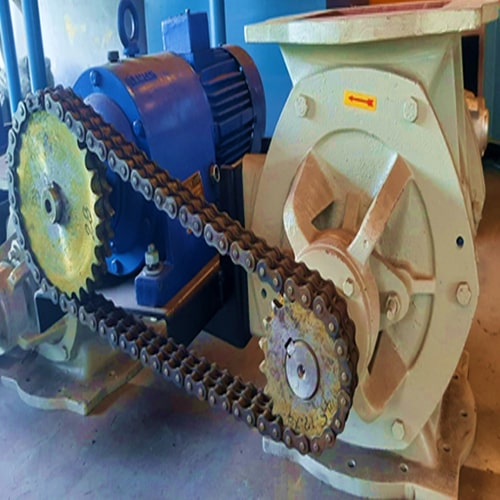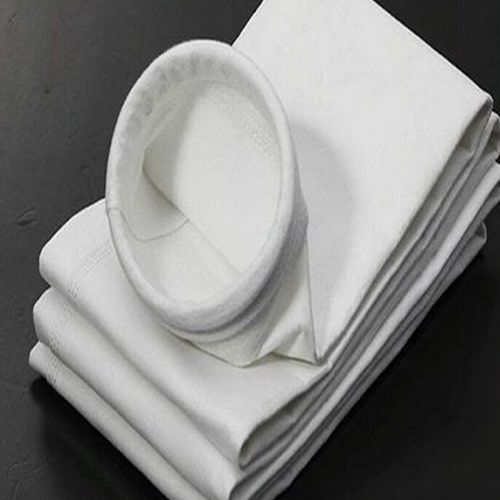We manufacture and supply a wide range of Filter Cage, Bag House Filter, Fabric Filter Baghouse. These are manufactured by high grade of raw material in order to increase the durability of the cage. These are made in galvanized steel, mild steel and stainless steel and are available in different types as flange type, u type, groove type etc.
We do quality analysis and testing of these filter cages before we handover this to our valuable clients. We have specialized team of experts who do quality checking under certain parameters that meets international standards.
Product Description
We provide a wide range of configurations to best fulfil your needs. Cage constructions typically consist of 10, 12 or 20 vertical wires. The horizontal ring spacing on the cage can be 4", 6" or 8". If plenum height restrictions are a problem, two piece cages are available. For areas where moisture or acid corrosion present we can provide a range of materials. Top load cages are available with a T-flange, ring top or several styles of rolled flange tops. Cage diameters range from 4" to 6 1/8". Wire thickness ranges are; 9 gauge, 10 gauge and 11 gauge. Bottom load cages are constructed with a split collar or split ring top. For more efficient cleaning, Venturi are available for all diameter cages. Venturi come in 3" to 6" lengths. Venturi are made in a variety
We provide dust collector filter bags, which are manufactured from the glass fibre, acrylic, ryton, polyester, polypropylene, PTFE, P84, nomex etc. We stand in the midst of predominant dust collection bags manufacturers, based in India. These pleated dust collection bags are very efficient and provide long lasting excellent performance. Our pleated dust collection bags are widely used for Pollution control and in metallurgy, fertilizers, chemicals etc.
For pulse jet and reverse jet dust collectors only non-woven needle punched fabric can be used in bag filter system, It can retain fine dust and release fresh air in atmosphere.
For, mechanical shaker type dust collectors only woven fabric can be used. They may be napped to higher dust retention and to produce clean air.
In India the concept of Emission Control is Yet to Mature. the Internationally Accepted Norms are :
- Non Dangerous Dust (like Cement) : 75 Mg./Cu. Mtr.
- Semi-dangerous Dust (like Carbon Black) : 50 Mg./Cu. Mtr.
- Dangerous Dust (like Lead) : 10 Mg./Cu. Mtr.
Advantages of Bag Filter System :
- Low Maintenance Cost.
- Practical Efficiency Very High.
- Possibility of Heat Recovery Very Good.
- Effectiveness Not Affected By Gas-dust Composition.
Our Product Range Comprise of Filter Bags Made Using Following Fibers :
- Polyester
- Polypropylene
- Acrylic
- Ryton
- Nomex
- PTFE
- Glass Fiber
We Provide Special Finishes On Non-woven Fabrics On Request like :
- Egg Shell or Glazed Finish.
- Silicon or Water Repellent Finish.
- Antistatic Fabrics with Copper and Stainless steel wire.
- Graphite-Carbon Finish.







